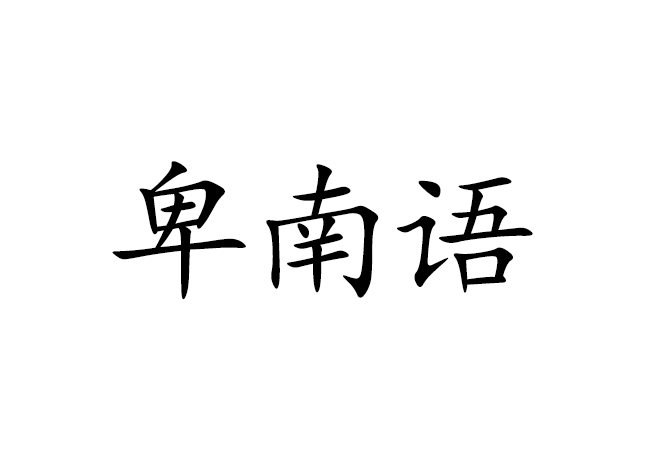卑南语为台湾原住民卑南族人所使用的语言,亦为台湾南岛语言之一种,属于原始南岛语系的次语群。亦独立归类为台湾南岛语言第4群。族中说卑南语的大多数为老人家。卑南语为台湾南岛语中属较分歧性的语言之一,亦属于外部重建型的原始南岛语。
基本介绍
- 中文名:卑南语
- 外文名:Pinuyumayan
分类
在语法的分类上台湾南岛语并不同于一般的分析语或其它综合语里的动词、名词、形容词、介词和副词等之基本词类分类。比如台湾南岛语里普遍没有副词,而副词的概念一般以动词方式呈现、可称之为“副动词”,类之于俄语里的副动词。 卑南语语法分类是将基础的语法之词类、词缀、字词结构及分类法,对比分析语等之词类分类法加以条析判别。
语法
词缀
- 前缀
ika-: the shape of; forming; shaping
ka-: stative marker
kara-: collective, to do something together
kare-: the number of times
ki-: to get something
kir-: to go against (voluntarily)
kitu-: to become
kur-: be exposed to; be together (passively)
m-, ma-: actor voice affix/intransitive affix
maka-: along; to face against
mara-: comparative/superlative marker
mar(e)-: reciprocal; plurality of relations
mi-: to have; to use
mu-: anticausative marker
mutu-: to become, to transform into
pa-/p-: causative marker
pu-: put
puka-: ordinal numeral marker
piya-: to face a certain direction
si-: to pretend to
tara-: to use (an instrument), to speak (a language)
tinu-: to simulate
tua-: to make, to form
u-: to go
ya-: to belong to; nominalizer
后缀
-a: perfective marker; numeral classifier
-an: nominalizer; collective/plural marker
-anay: conveyance voice affix/transitive affix
-aw: patient voice affix/transitive affix
-ay: locative voice affix/transitive affix
-i, -u: imperative transitive marker
-in-anan: the members of
中缀
-in-: perfective marker
-em-: actor voice affix/intransitive affix
环缀
ka- -an: a period of time
muri- -an: the way one is doing something; the way something was done
sa- -an: people doing things together
sa- -enan: people belonging to the same community
si- -an: nominalizer
Ca- -an, CVCV- -an: collectivity, plurality
代词
代名词形态 | 主格(主词的所有者) | 斜格:直接格 | 斜格:间接格 | 斜格:非主词 | 中性格 |
|---|---|---|---|---|---|
第1人称单数 | nanku | kanku, kananku | draku, drananku | kanku | kuiku |
第2人称单数 | nanu | kanu, kananu | dranu, drananu | kanu | yuyu |
第3人称单数 | nantu | kantu, kanantu | dratu, dranantu | kantaw | taytaw |
第1人称複数(包括式) | nanta | kanta, kananta | drata, drananta | kanta | taita |
第1人称複数(排除式) | naniam | kaniam, kananiam | draniam, drananiam | kaniam | mimi |
第2人称複数 | nanemu | kanemu, kananemu | dranemu, drananemu | kanemu | muimu |
第3人称複数 | nantu | kantu, kanantu | dratu, dranantu | kantaw | – |
代名词形态 | 主格(主词) | 主格(主格的所有者) | 属格 |
|---|---|---|---|
第1人称单数 | =ku | ku= | ku= |
第2人称单数 | =yu | nu= | nu= |
第3人称单数 | – | tu= | tu= |
第1人称複数(包括式) | =ta | ta= | ta= |
第1人称複数(排除式) | =mi | niam= | mi= |
第2人称複数 | =mu | mu= | mu= |
第3人称複数 | – | tu= | tu= |

